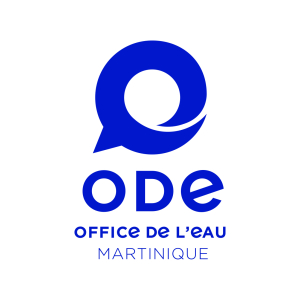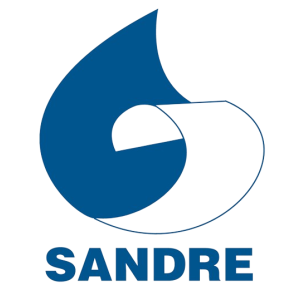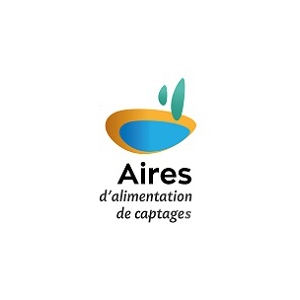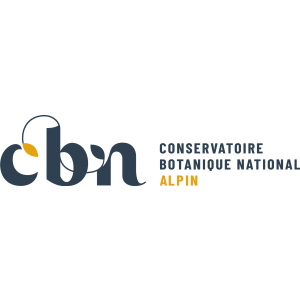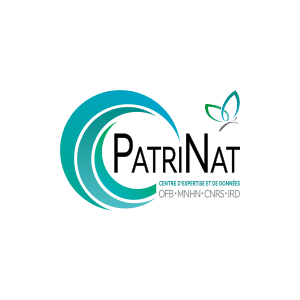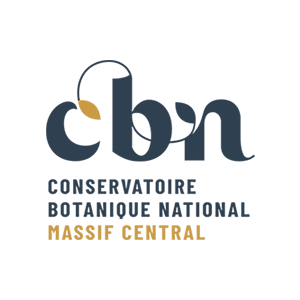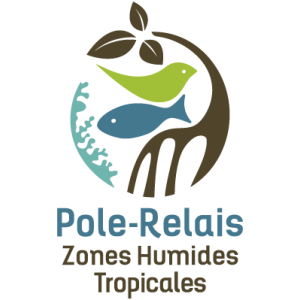
Document généré le 19/11/2025 depuis l'adresse: https://www.documentation.eauetbiodiversite.fr/fr/notice/effect-of-phytoplankton-containing-paralytic-shellfish-and-amnesic-shellfish-toxins-on-the-culture-of-the-king-scallop
Effect of phytoplankton containing paralytic shellfish and amnesic shellfish toxins on the culture of the king scallop
Titre alternatif
Producteur
Contributeur(s)
EDP Sciences
Identifiant documentaire
10-2006027
Identifiant OAI
oai:edpsciences.org:dkey/10.1051/alr:2006027
Auteur(s):
Juan Blanco,Juana Cano,Ma del Carmen Mariño,Ma Jesús Campos
Mots clés
Toxins
ASP
PSP
Domoic acid
GTX
King scallop
Mortality
Growth
Gonadosomatic index
spp.
Mediterreanean Sea
Date de publication
25/11/2006
Date de création
Date de modification
Date d'acceptation du document
Date de dépôt légal
Langue
en
Thème
Type de ressource
Source
https://doi.org/10.1051/alr:2006027
Droits de réutilisation
Région
Département
Commune
Description
The impact of toxic outbreaks of Gymnodinium catenatum, producer of paralytic shellfish poisoning
toxins (PSP toxins) and Pseudonitzschia spp., producer of amnesic shellfish poisoning
toxins (ASP toxins), was studied throughout the culture cycle of the king
scallop Pecten maximus (length from 40 to 100 mm). Toxin concentration, in plankton and in
the digestive gland of the scallops, other variables that describe the state
of the cultured scallops (mortality, growth, length/weight ratio,
gonadosomatic index) and the main environmental conditions (temperature and
in vivo fluorescence) were determined from December 2001 to April 2003. Temperature
ranged from 14 °C during the winter to 22 °C at the end of July.
In vivo fluorescence ranged from not detectable to 25 relative units, with a
maximum also recorded at the end of July. ASP toxin levels, in both plankton
and organisms, were high during the first half of the sampling period
(maximum 450 ng domoic acid L−1, in plankton, and 175 µg·g−1 of scallop digestive gland) when the scallops were juvenile. PSP
toxins attained larger concentrations in the second half of the sampling
period (maximum of 1.8 nmol L−1 in plankton and
550 nmol g−1 of digestive gland, of gonyautoxins after hydrolysis).
Several mortality events took place during the period studied, but none of
them coincided neither with an ASP or PSP outbreak nor with long exposure of
the scallops to these toxins. One of the recorded mortalities occurred
simultaneously with a high concentration of PSP in the scallops, but also
with an important spawning. Additionally, it was not coincidental with the
bloom of toxic plankton, thus, post-spawning stress seemed to be the main
responsible for the mortality. No appreciable effect of ASP or PSP toxins
on growth or reproductive state of the cultured scallops was found.
Therefore, neither ASP nor PSP toxins appeared to represent a direct threat
to the culture of Pecten maximus in that case.
Accès aux documents
0
Consultations
0
Téléchargements



